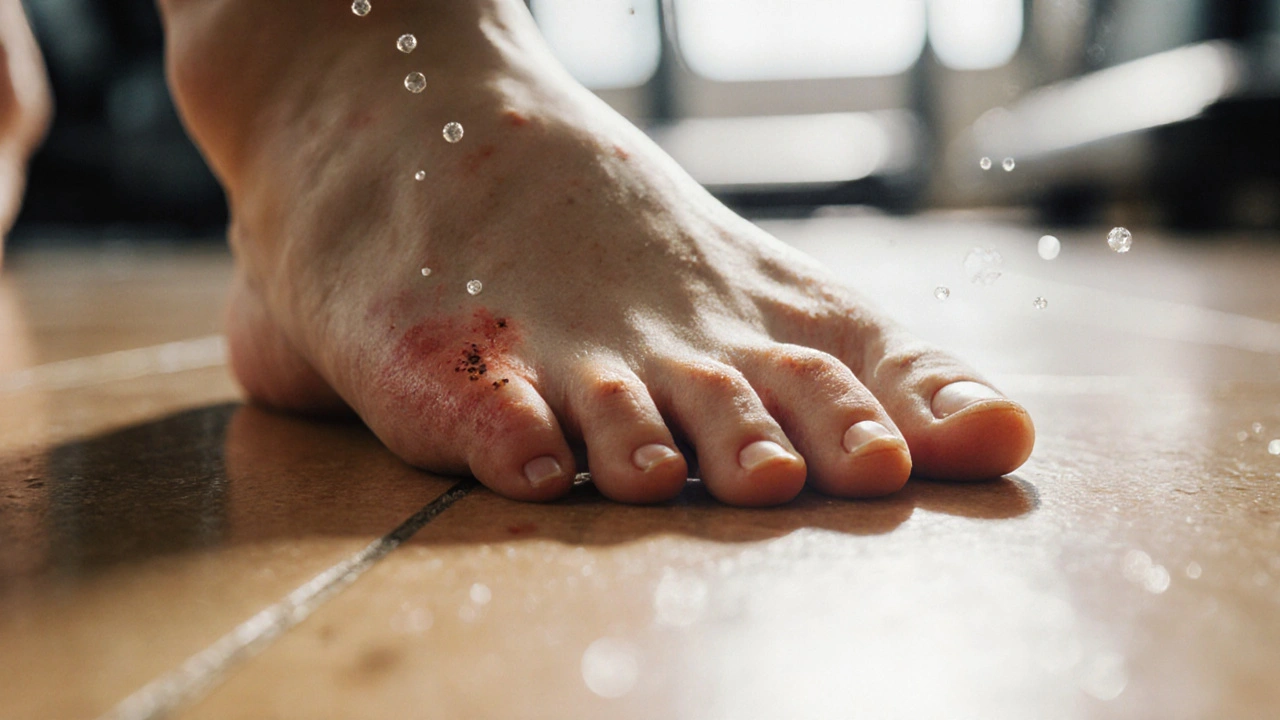Antifungal Cream: What It Is, When to Use It, and How to Get the Best Results
Ever noticed a red, itchy patch that keeps spreading on your foot or groin? Chances are you’re dealing with a common skin fungus, and a good antifungal cream can clear it up fast. These topicals work by killing the fungus or stopping it from growing, which lets your skin heal without the need for pills.
When to Reach for a Cream
Antifungal creams are perfect for localized infections like athlete's foot, ringworm, jock itch, and yeast infections on the skin. If the rash is confined to a small area, a cream or ointment will usually do the trick. For deeper or widespread infections, a doctor may suggest oral medication, but most everyday cases respond well to a topical product.
Look for signs that a cream is the right choice: the rash is on the skin’s surface, you can see flaking or scaling, and there’s no fever or swelling that spreads beyond the spot. If you’ve tried an over‑the‑counter cream for a week with no change, it might be time to see a professional.
Choosing the Right Product
Not all antifungal creams are created equal. The active ingredient matters most. Common options include clotrimazole, miconazole, terbinafine, and ketoconazole. Clotrimazole and miconazole are good for mild infections, while terbinafine often works faster on thick, stubborn foot fungus.
Read the label for strength and see if the product is prescription‑only or available at the pharmacy. If you have sensitive skin, look for fragrance‑free formulas to avoid irritation. Some creams combine antifungal agents with a steroid to reduce itching; these are handy for very itchy spots but should be used short‑term.
Price can vary. Generic versions of the same active ingredient cost less and work just as well as brand‑name options. Grab a small tube first to test for any reaction before buying a larger bottle.How to Apply for Maximum Effect
Cleaning the area first is key. Wash the affected skin with mild soap, rinse, and pat dry—don’t rub, just blot. Apply a thin layer of cream to the entire affected area and a small margin around it. This helps prevent the fungus from spreading beyond the visible border.
Most creams need to be used twice a day for two to four weeks, even if the rash looks better after a few days. Stopping early is the most common reason infections come back.
For foot fungus, keep your shoes dry and wear breathable socks. Change socks daily and let shoes air out between uses. If you’re treating athlete’s foot, apply the cream after showering and before putting on shoes.
Safety Tips and When to Seek Help
Antifungal creams are safe for most people, but avoid using them on broken skin or open wounds unless a doctor says it’s okay. If you notice increasing redness, swelling, pain, or a fever, stop the cream and get medical advice—these could be signs of a deeper infection.
Pregnant or nursing women should check with a healthcare provider before starting any new topical medication. Children under two years old usually need a prescription, so ask a pediatrician if you suspect a fungal infection.
In summary, an antifungal cream is a quick, easy solution for most skin fungus problems. Pick the right active ingredient, follow the cleaning and application steps, and stick with the full treatment course. With the right approach, that itchy patch will be gone before you know it.

Athlete's Foot: Causes, Symptoms & Effective Treatments
Learn what causes athlete's foot, how to spot symptoms, and the best treatment options-from OTC creams to prescription meds and prevention tips.
view more